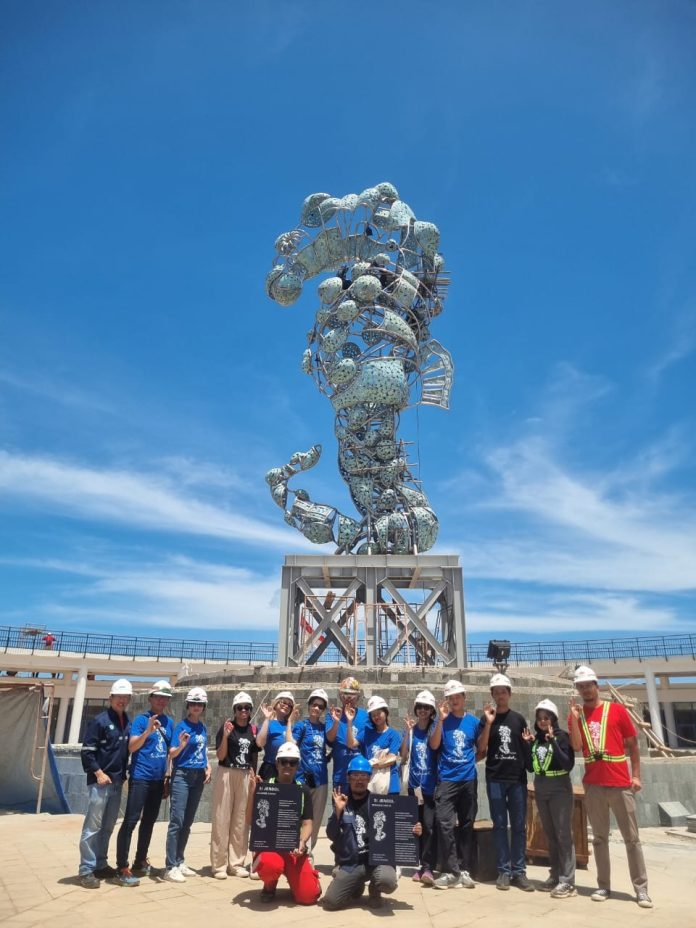LIVING in the gray area means navigating the space between absolutes, where life is not defined by clear answers or simple choices. It is an ambiguous place, full of uncertainty and often contradictions.
In this space, certainty is replaced by complexity, and one constantly balances between opposing forces—between right and wrong, success and failure, or even hope and despair.
For some, this gray area feels uncomfortable, full of doubt and indecision.
But for me personally, it is precisely here that true growth and creativity occur. This area allows for flexibility, adaptation, and a deeper understanding of life’s complexity. Living in this in-between space forces us to embrace nuances, question rigid boundaries, and find beauty in the tension between two extremes.
Si Jendol, a gentle figure in this narrative, plays skillfully between the beauty of metal structures and the negative space they create. His presence dances along the fine line between what is real and what is empty, where the solidity of the material meets the emptiness of the space.
In his world, the gaps between the forms are just as important as the forms themselves, making the invisible as significant as the visible. This dynamic interaction reflects the essence of living in the gray area, where meaning is found not in rigid certainty, but in the subtle balance of differences.
Whether in art, science, or personal life, this gray area can give rise to innovation. It is here that new ideas are born, where exploration is prioritized over finding the “right” answer.
Though it can sometimes feel isolating, this area also offers freedom—the freedom to define one’s own path, away from the expectations and judgments of black-and-white thinking.”
Teguh Ostenrik













































